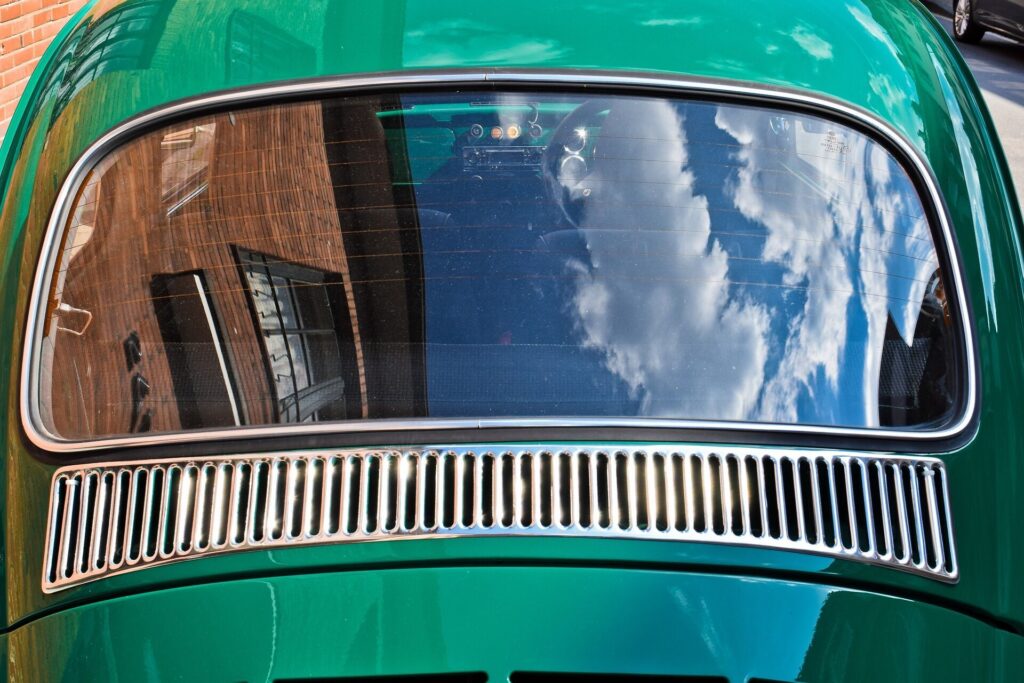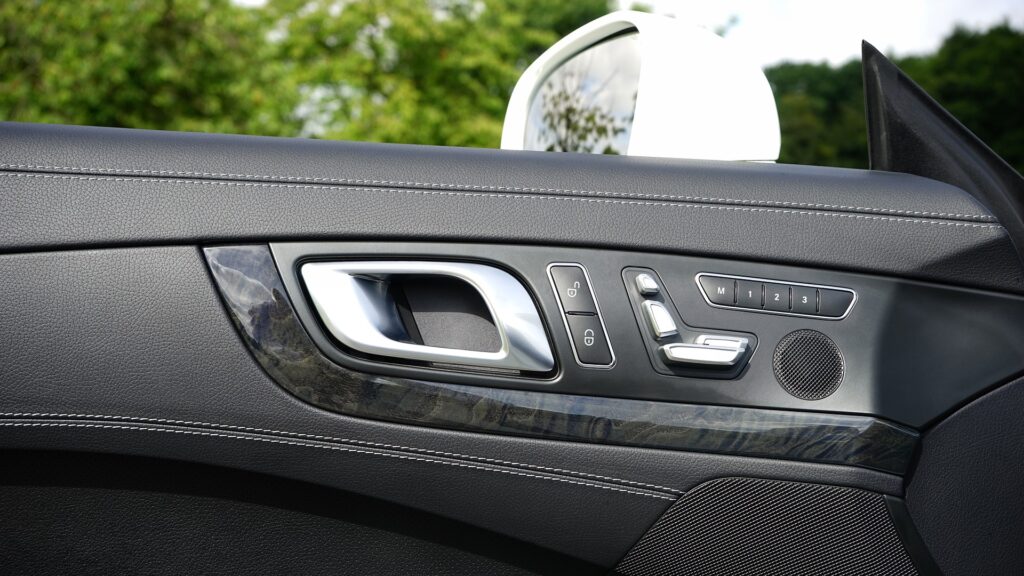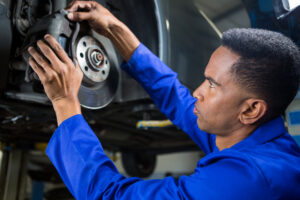To keep everyone safe on the road, car safety standards are typically heavily regulated and very strictly enforced globally.
In regions like Europe, there are very specific criteria that have to be met for a car to pass as roadworthy, and the penalties attached to not meeting those criteria are heavy. However, in South Africa, the laws are a bit vague, which makes it harder for car owners to know for certain if their vehicles are completely compliant.

Car Bodywork And Windows
Firstly, your car’s bodywork needs to be intact and in good condition. This means there should be no obvious signs of rust or damage that may cause the vehicle to be a danger to surrounding vehicles, bikers, cyclists or pedestrians.
Any panels that are loose, hanging, dragging, or sticking out are considered dangerous and need to be fixed. Your doors need to all be in good working condition, and handles should work on both the inside and the outside of the vehicle for safety reasons.
The same applies to all windows that can be rolled down, and both your windscreen and back window need to be clean and free from cracks, with windscreen wipers that are still in good working condition.

Wheels And Lights
Your tyres are a vital safety element of your vehicle and need to be kept in good condition. Legally, this means your tread should be at least 1.6mm deep – if you find the rubber has worn down below this depth, it’s time for a new set. The tyres also need to be of the correct size for your vehicle.
Check that all your lights are in good working order by turning them on and off and ensuring everything from your indicator lights to the fog lamps and brights are still operational.

Undercarriage And Engine Compartment
Check that your car’s brakes are in working order and that the brake pads are still in good condition. Look out for any rust formation under your vehicle, as this is often not spotted until it starts giving functional problems. Ensure that all components are still well-secured to the framework and that nothing is dragging or loose.
In your engine compartment, make sure that the battery is still secure and that no deposits have formed on the terminals. Also, look out for any loose components or wiring that looks unsecured.

Once you’ve gone through all of these checks, the last important check is to test all of your car’s seat belts to ensure they’re still working like they’re supposed to.
If you notice any issues or aren’t confident about your car’s current condition, it’s best to book it at a car repair workshop for a quick check. After all, safety and prevention are key.






